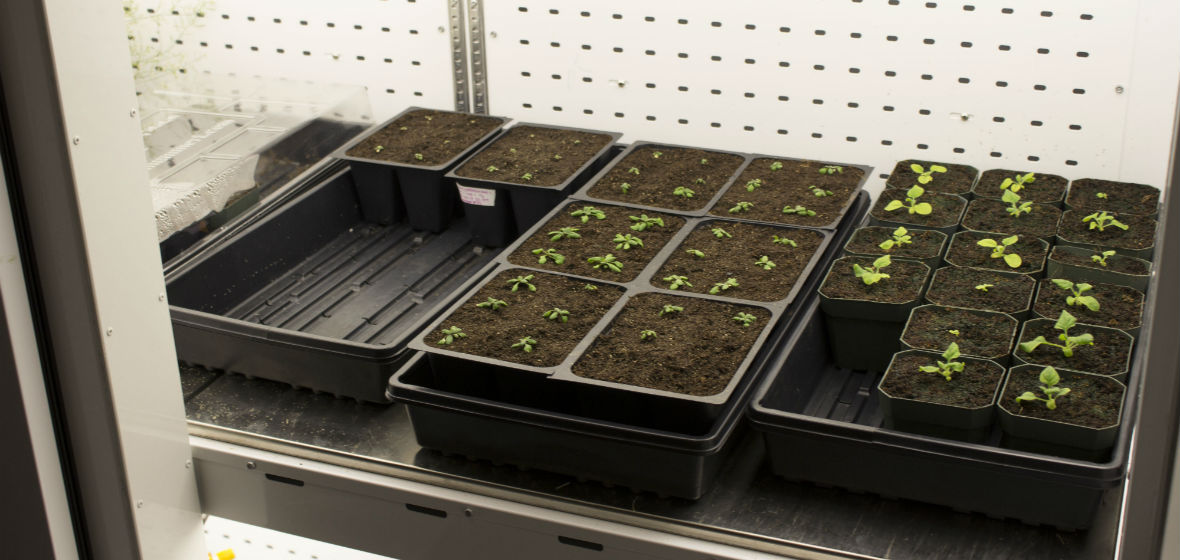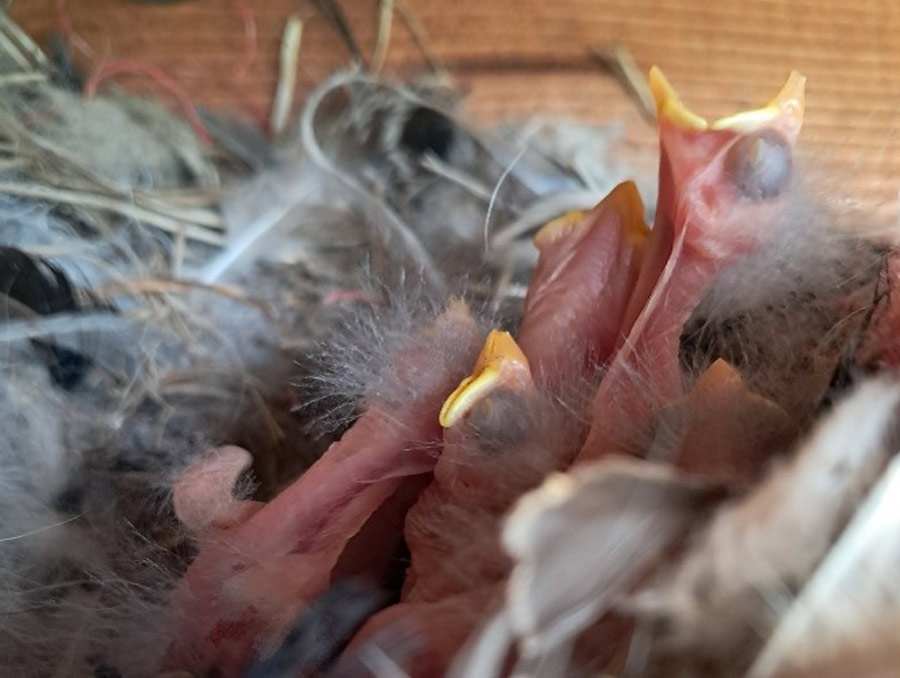When the weather starts to warm up at the University of Nevada, Reno, students flock to the most popular area of campus: the historic Quad. Here, students set up hammocks to relax in, frisbees are thrown, and friends sit down on the luscious grass to catch up and soak in the sun. From a scientific approach, however, the Quad is viewed from a different perspective. The trees that surround the Quad, and the grass that covers the area, are by mass, 70 percent cell wall material.
In the biochemistry section of the Howard Medical Sciences building at the University, Ian Wallace, assistant professor for the Department of Biochemistry and Molecular Biology, and his team of students are working to understand the plant cell wall and its benefits.
{{RelatedPrograms}}
"You would think that as important as cell walls are to our daily life, we would understand everything about them, and in reality, we are only beginning to understand how plants decide to make a cell wall in the first place," Wallace said. "But what is less clear is how plants decide to make more or less cell wall material under changing environmental or developmental conditions."
The plant cell wall governs everything from how big a plant cell can get to what shape it will eventually acquire. These polymers are not only important for plant growth, but humans have an intimate relationship with plant cell wall material as well. It is in what one wears, and even a desk where one sits. It is also used as fuel, and fed to forage animals.
In their research, Wallace and his team of students have begun to "chip away" at the understanding of how plant cell walls are affected and make these decisions. The research includes former technicians, KassaDee Ketelaar and Jose Villalobos, who recently received the National Science Foundation Graduate Research Fellowship grant. Other collaborators are Staffan Persson from the University of Melbourne, Australia, and Clara Sanchez-Rodriguez from ETH Zurich, Switzerland.
These cell walls are primarily made up of polysaccharides, which represent the most abundant biological molecules on the planet. The team realized that proteins that synthesize these cell wall polysaccharides have phosphorous introduced into them, which is a common regulatory modification that happens to proteins. This led the lab to find the first enzyme that phosphorylates a protein in this complex directly.
Wallace's lab was able to tie cell wall biosynthesis to basic growth mechanisms in plants through this "phospho-regulatory" system.
From an applied perspective, if the protein's ability to accept phosphorous is taken away, then it makes the plant produce more cellulose, making bigger plants. By figuring out this one fundamental piece of science, Wallace's lab was able to manipulate a genetically tractable plant in order to test and prove this theory.
"If we want to be a society that moves away from fossil fuels and towards renewable energy and all of its forms, plant biomass in some way is going to factor into that equation," Wallace said. "Everything from biofuels to value-added products could conceivably be made by degrading cell wall material and using that sugar as a source to generate other useful products."
In order to achieve this, however, more plants are going to be need to be produced, something that would not just happen out in the wild, so Wallace's lab has begun working to engineer plants that would be more productive for a bio-based economy.
Wallace has been at the University in the College of Agriculture, Biotechnology and Natural Resources since 2013. He obtained his bachelor's degree and his doctorate in biochemistry from the University of Tennessee, Knoxville.
As an undergraduate, Wallace said that at first he did not have any appreciation for plants.
"I thought they were boring, and I worked for one of the greatest mentor's I've ever had and he disabused me of that concept really fast," Wallace said. "The real thing that made me passionate about plant biology is that I stopped taking plants for granted, and understood how much, we as humans, depend on them."











